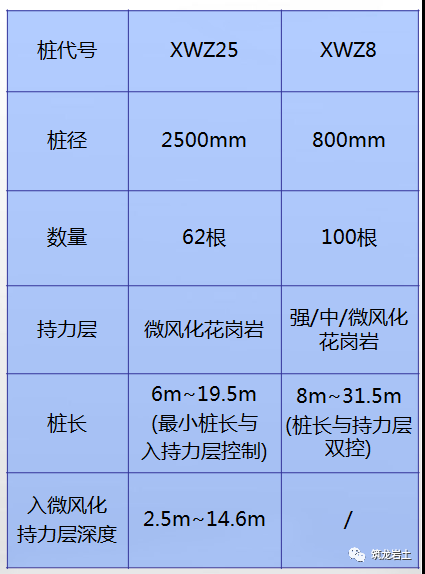With the advancement of urbanization and economic and social development, the housing consumption concept of the people has evolved from “homeowners have their own houses” to the pursuit of “homeowners have good houses”. The demand for high-quality housing is increasing day by day, and how to improve the quality of housing has become a must answer question..
At the National Conference on Housing and Urban Rural Construction held at the end of last year, it was proposed to focus on building good houses, release residential project standards, and improve residential construction standards from aspects such as building height, elevators, sound insulation, green, intelligent, and accessible. Recently, cities such as Lianyungang, Hefei, and Linyi have successively issued design guidelines or regulations for high-quality residential buildings, making specific provisions on construction indicators such as residential floor height, sound insulation and noise reduction, elevator setting, and structural design..
The height of residential floors, as a common concern for homeowners, directly affects the comfort of living for the general public. In order to make the living environment of the common people more spacious, Lianyungang City in Jiangsu Province recently issued high-quality residential building design guidelines, proposing that the floor height of newly built residential buildings should not be less than 3.15 meters. For residential buildings equipped with underfloor heating, ducted fresh air, and centralized central air conditioning systems, the floor height should not be higher than 3.6 meters, and the first floor height of low rise residential buildings should not be higher than 4.0 meters. Different cities have proposed corresponding floor height regulations based on actual situations..
In addition, layout design and public space design are also necessary aspects to improve the quality of residential buildings. In the newly issued Guidelines for Improving the Design Quality of Residential Buildings (version 2.0) by the Urban and Rural Development Bureau of Hefei City, Anhui Province, it is mentioned that outward opening doors should not obstruct public transportation and adjacent door openings, should avoid obstructing safety exits and affecting safe evacuation, and should not collide with fire hydrant boxes or obstruct elevator buttons. When adjacent doors are arranged side by side, the minimum clear distance between door leaves should not be less than 0.4 meters; When adjacent doors are arranged in an L-shape, the minimum clear distance during the opening process of the door leaf should not be less than 0.6 meters. In terms of residential space layout, it is advisable to set up or reserve storage space within residential units. Each residential unit should have at least one double bedroom or a living room. Independent rooms with similar functional names such as “study” in the above ground part of residential buildings, with a usage area of 5 square meters or more, should be considered as bedrooms..
The issue of residential sound insulation is one of the most important and troublesome issues for residents..
In order to reduce the impact in this regard, Linyi City, Shandong Province has introduced technical points for improving the quality of residential design, requiring sound insulation and noise reduction measures to be taken in the layout of residential buildings. The equivalent continuous A-sound level in the daytime bedroom should not exceed 40 decibels; The equivalent continuous A-sound level in the bedroom at night should not exceed 30 decibels; The equivalent continuous A-sound level of the living room (hall) should not exceed 40 decibels; The air sound insulation evaluation of the partition wall and floor of the bedroom and living room (hall) should be greater than 45 decibels; The evaluation of air sound insulation for floor slabs that separate residential and non residential spaces should be greater than 51 decibels; The standardized impact sound pressure level for the floor slabs of bedrooms and living rooms (halls) should be less than 75 decibels. When conditions are limited, the weighted standardized impact sound pressure level of individual floor slabs should be less than 85 decibels, and conditions for future improvement should be reserved on the floor slabs; In residential layout design, when the bedroom and living room (hall) are arranged on the side of the noise source, the external windows should adopt sound insulation and noise reduction measures.



